Light Handling & Flare
There’s more to a lens than resolution, so we’ll come to that last.
Light angles are actually a dominant property of the behaviour of shift lenses on both sides of the iris – especially when comparing vintage lenses with period coatings. The Olympus 35mm Shift here tested has been remounted to extract an extra 10mm of image circle and tilt movements. It is one of the later multicoated models with improved flare resistance compared with original single-coated versions. We can date the lens to the early 1980’s. The Pentax 645 A 35/5 is also SMC multicoated, and dates to the mid-1980s. The Pentax 645 FA35 was introduced in 1992. For comparison, we’re showing a current Panasonic Lumix 20-60mm. As we’ll demonstrate, coatings have improved over the last half century.
We begin with a scene that younger photographers will take for granted as unproblematic: an interior with a window to one side of the camera. Here’s how it looks shooting with the modern Lumix set to 35mm:
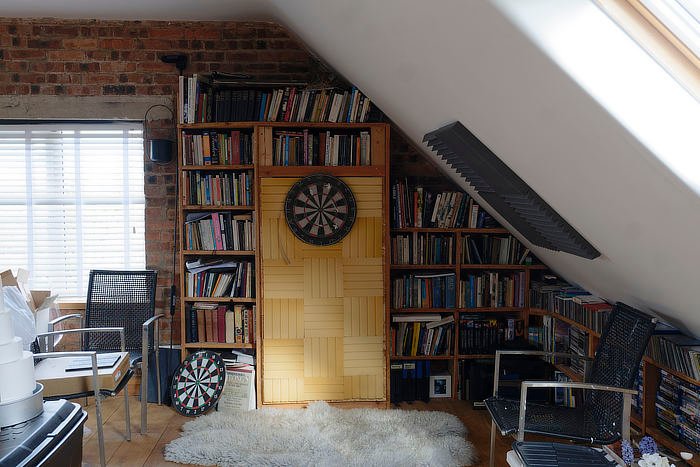
Here’s the same scene shot with the forty year-old Olympus 35mm Shift in the same position:
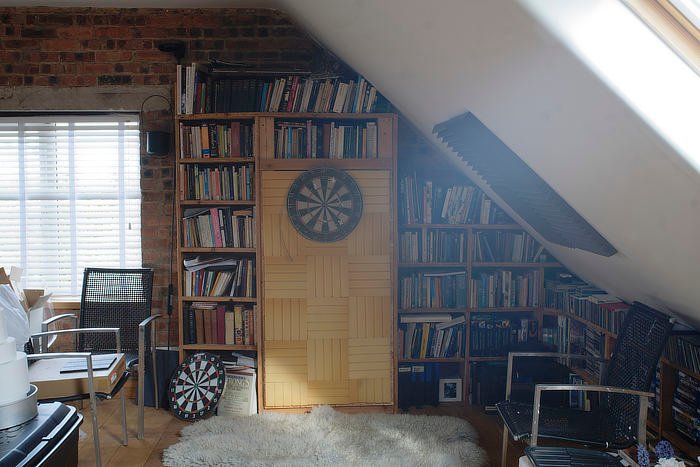
Which is why vintage photographers needed lens hoods. Here’s the same setup with a shallow metal shade. A hat, hand or lens cap works just as well:
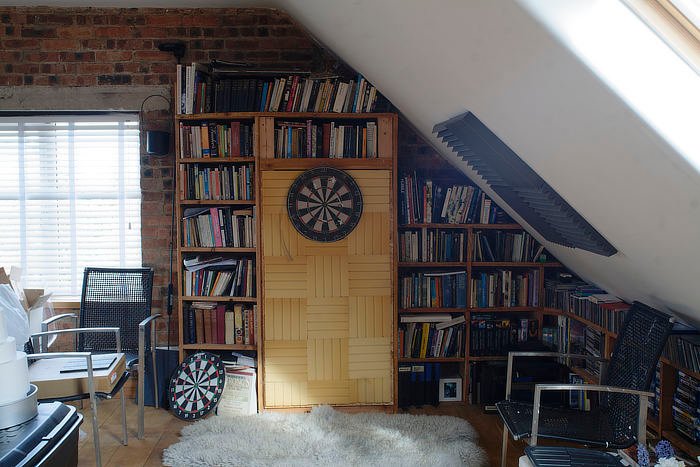
This lens doesn’t have a great reputation for handling cross-light, so this result is not too unexpected. How does the similarly ancient Pentax 645 A SMC handle the same situation?
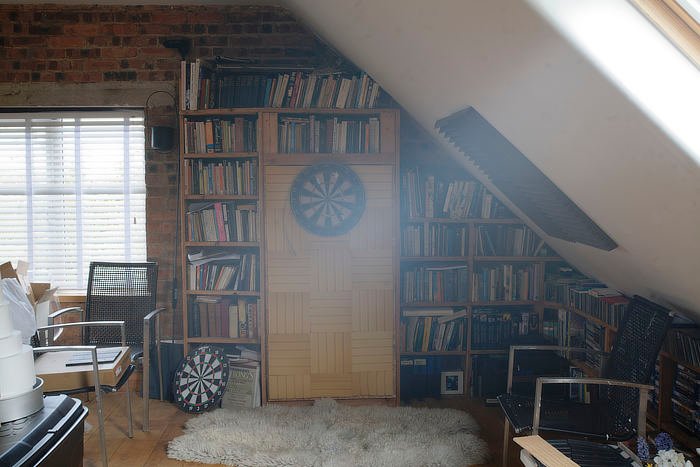
Rather worse in fact. Veiling flare is here more widespread and intrusive. The exact nature of upgrades made to the autofocus FA version of this lens is uncertain, but it’s sensible to assume that coatings were improved. You’ll see shortly the visual difference between them. We’d therefore expect the FA35 to handle this common shooting situation with less difficulty . . .
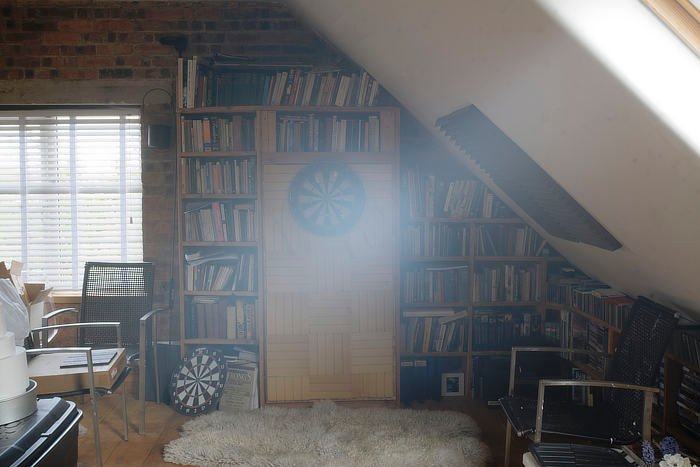
But it’s even more problematic – by far the worst result of the three. In each Pentax 645 test shot, perfect results were achieved by shading the lens, or using a hood, establishing that the problem here is light entering the front of the lens, not issues relating to adaptation.
How can a newer lens flare more destructively than an older one? Well, the coating wasn’t the only design change:
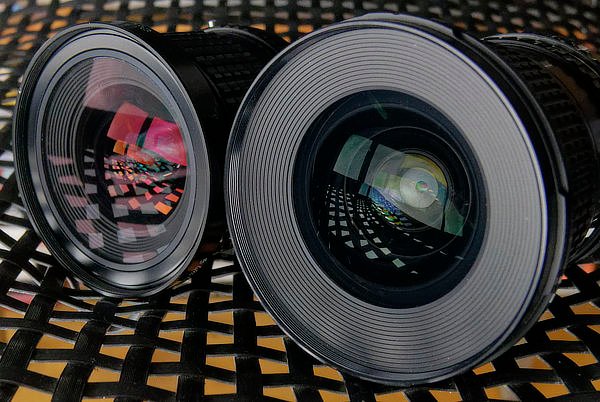
Doubtless Pentax’ blue/green coatings of the 1990s are more effective than the red/purple SMC coatings of the 1980s, but note a crucial element of the redesign – a bulbous one: the A has an unusually flat, thin front element, but the FA’s is bulky, convex and more susceptible to raking flare. Pentax bundled a large (compulsory) petal hood with the FA, but the A is more commonly seen bare, and was never officially sold with one. It’s therefore something of a moot point that the FA is inherently more vulnerable: properly shaded, they perform similarly; left exposed, both are problematic.
